Dryers are one of the most energy-intensive appliances in homes, with most of them consuming between 1800W and 5000W. While dryers can save time and effort, they can lead to surprisingly high electricity bills, especially if you use the appliance frequently or during peak utility hours. However, if you want to calculate how much it costs to run a dryer, you will need to multiply the power consumption (kWh) by the local electricity rate. On average, you can expect to pay $8.94—$36.46 per month and $107.24—$437.51 per year to run a dryer (3000W) for one hour daily.
If you are looking to reduce your dependence on the electricity grid, you can consider investing in solar-powered generators. Jackery Solar Generators are reliable home battery backup solutions that can power essential household appliances like clothes dryers and washing machines. The large battery capacities ensure most household appliances remain powered during power outages. If you are drying daily laundry loads and want to cut down on electricity costs, you can power appliances with a solar generator.
Key Takeaways
- Standard electric dryers use between 1800W - 5000W per hour, depending on the model and drying cycle.
- If you run a dryer (3000W) for one hour daily, you can expect to pay between $0.30—$1.22 per day and $8.94—$36.46 per month.
- The yearly expenses to run a clothes dryer (3000W) per hour can exceed $107.24—$437.51.
- Jackery Solar Generators are essential home backup power solutions that can help you offset dryer bills, especially during peak electricity hours or emergencies.
How Many Watts Does a Dryer Consume
Dryers are power-hungry appliances. On average, an electric clothes dryer consumes between 1800W and 5000W. However, this may vary depending on the size, features, and dryer settings. Most residential electric dryers operate at 3000W and 240V. On the other hand, gas dryers use less electricity (about 300W—500W) and operate at 120V. Calculating how many watts does a dryer use will help you understand the expenses and save better.
How Much Does It Cost to Run a Dryer
The answer to how much it costs to run a dryer depends on the wattage (in kilowatts) by the hours used and the local electricity rate in your area.
Let's assume that you have a dryer consuming 3000W (or 3kW) and is used for 1 hour per day. If the electricity rate in your area is 15.95 cents per kWh, you can calculate how much it costs to run a washer-dryer on a daily, monthly, and yearly basis:
Daily Cost:
3kWh × $0.1595 per kWh = $0.48 per day
Monthly Cost:
$0.48 per day × 30 = $14.36 per month
Yearly Cost:
$14.36 per month × 12 = $172.26 per year
But how much does it cost to run a freeze-dryer? Freeze dryers typically consume between 1000 and 2000 watts per hour. The cost to run a freeze dryer (1500W) for 1 hour per day will be $0.23 daily, $7.17 monthly, and $86.13 yearly. However, if you are using a dryer more frequently (2 loads per day) or on heavy-duty cycles, the cost can double.
Daily, Monthly, and Yearly Costs to Run a Dryer
The cost to run a dryer is influenced by the local electricity rate. Let us assume a dryer (3000W) runs for 1 hour per day annually. In this case, the daily, monthly, and yearly costs will be affected by the local rates in different US states. Here is how much it costs to run a washing machine in other US states:
|
Wattage |
Usage (Hrs/Day) |
State |
Rate in cents per kWh |
Daily Cost
|
Monthly Cost |
Yearly Cost |
|
3000W |
1H |
New York |
25.31 |
$0.76 |
$22.78 |
$273.35 |
|
3000W |
1H |
Illinois |
15.81 |
$0.47 |
$14.23 |
$170.75 |
|
3000W |
1H |
Ohio |
15.64 |
$0.47 |
$14.08 |
$168.91 |
|
3000W |
1H |
North Dakota |
9.93 |
$0.30 |
$8.94 |
$107.24 |
|
3000W |
1H |
South Dakota |
12.09 |
$0.36 |
$10.88 |
$130.57 |
|
3000W |
1H |
Florida |
14.43 |
$0.43 |
$12.99 |
$155.84 |
|
3000W |
1H |
Georgia |
13.52 |
$0.41 |
$12.17 |
$146.02 |
|
3000W |
1H |
North Carolina |
12.47 |
$0.37 |
$11.22 |
$134.68 |
|
3000W |
1H |
South Carolina |
13.81 |
$0.41 |
$12.43 |
$149.15 |
|
3000W |
1H |
Texas |
14.68 |
$0.44 |
$13.21 |
$158.54 |
|
3000W |
1H |
Colorado |
15.01 |
$0.45 |
$13.51 |
$162.11 |
|
3000W |
1H |
Idaho |
10.82 |
$0.32 |
$9.74 |
$116.86 |
|
3000W |
1H |
Utah |
12.12 |
$0.36 |
$10.91 |
$130.90 |
|
3000W |
1H |
Wyoming |
11.69 |
$0.35 |
$10.52 |
$126.25 |
|
3000W |
1H |
California |
30.22 |
$0.91 |
$27.20 |
$326.38 |
|
3000W |
1H |
Hawaii |
40.51 |
$1.22 |
$36.46 |
$437.51 |
|
3000W |
1H |
US |
15.95 |
$0.48 |
$14.36 |
$172.26 |
Source: Electric Power Monthly - US Energy Information Administration (EIA)
Official Tips to Reduce the Cost of Dryers
There's no doubt that clothes dryers can add to your electricity bills. Thankfully, there are many ways to reduce the utility bills. Here are a few official tips offered by Energy Star and the US Department of Energy:
Choose Dryers With Humidity Sensors
Many clothes dryers come with energy-saving moisture or humidity sensors. These sensors shut off the heat when the clothes are dry, saving energy and money. According to Energy Star reports, a dryer operating an extra 15 minutes per load can cost up to $34 every year. So, shutting off the heat when not required can save on utility bills.
Look for Energy Star Clothes Washers
Energy Star clothes washers use 20% less energy than standard washers. They come with a moisture sensor that automatically shuts off the washing machine when the clothes are dry. Thus, they save not only energy but also prevent the wear and tear on the clothes caused by over-drying.
Run Dryers During Off-Peak Hours
Running dryers during off-peak electricity hours can help you save on utility bills. The electricity rates during off-peak hours are generally low compared to on-peak hours. Some energy-efficient dryers come with a delayed start feature that lets you set the dryer to begin according to a schedule.
Power Dryers With Solar Generators
Solar generators can power various household appliances, such as dryers, and reduce the reliance on the electricity grid. Jackery Solar Generators are essential home backup power that can supply electricity to appliances like dryers, washing machines, ovens, etc., even in outage-prone areas. Depending on the power consumption of the appliance, you can calculate what size generator is needed to run electric dryers.
How to Save on Your Electricity Bills With Jackery Solar Generators
A solar generator can help you reduce your electricity bills by powering heavy-duty appliances like dryers. Jackery is a leading solar brand that manufactures solar generators, portable power stations, and solar panels. The Jackery Solar Generators are essential home backup solutions that can power appliances, especially during peak hours or unexpected outages. Here are two of the most reliable Jackery Solar Generators for solar-powered dryers:
Jackery Solar Generator 5000 Plus
The Jackery Solar Generator 5000 Plus is a powerful, essential home backup solution that can power high-demand appliances like dryers. The massive battery capacity can handle a complete drying cycle and still have enough juice to power other household appliances. The dual voltage functionality ensures that the solar generator can easily power the clothes dryers operating at 120V or 240V. Running a 3000W dryer for 1 hour per day with the solar generator instead of grid electricity can help you save up to $14.36 per month and $176.26 per year on your bills.
Appliances Running Time
- Freeze Dryer (1500W) = 2.8H
- Clothes Dryer (3000W) = 1.4H
- Gas Dryers (400W) = 9.5H
- Portable Dryer (1500W) = 2.8H

Customer Review
"I received the Explorer 5000 Plus solar generator to use to run my home if the power goes out. It works great and will run my whole home if the power goes out." — Dennis Carlson.
Jackery Solar Generator 2000 Plus Kit (6kWh)
The Jackery Solar Generator 2000 Plus Kit (6kWh) has a large battery capacity that can power household appliances for long hours. If you have a dryer operating at 120V, you can consider going ahead with the solar-powered generator to reduce your electricity bills. If you are running a portable dryer consuming 1500W for 1 hour daily and operating at 120V, you can save up to $0.24 daily, $7.17 monthly, and $86.13 yearly. The solar-powered generator bundle includes two battery packs, a portable power station, and solar panels that work together to keep appliances powered for an extended time.
Appliances Running Time
- Freeze Dryer (1500W) = 3.4H
- 120V Clothes Dryer (3000W) = 1.7H
- Gas Dryers (400W) = 12.3H
- Portable Dryer (1500W) = 3.4H

Customer Review
"I have tried the competition and have been using Jackery exclusively for years! We have several sizes we use depending on our needs. Two years ago, I purchased the Jackery 2000 Plus for backup power in the house. We've had three power outages this year and have been able to keep the refrigerator, TV, and the fan on our wood stove going." — Caroline Castle.
How Much Does It Cost to Run a Dryer FAQs
How much does it cost to have a tumble dryer on for 1 hour?
A tumble dryer consumes between 1800W and 5000W, with an average of 3000W. If you run a 3000W tumble dryer for 1 hour daily at an electricity rate of 15.95 cents per kWh, the cost will be $0.48 per hour.
How much does it cost to hang dry vs using the dryer?
Generally, it costs more to use a dryer than to hang clothes to dry. An electric dryer can cost around 45 cents per load while hanging clothes to dry is essentially free (apart from the initial cost of a clothesline or rack).
Does a clothes dryer cost a lot to use if used every day?
Yes, using a clothes dryer daily can significantly impact your electricity bill. Dryers are energy-intensive appliances that consume a substantial amount of electricity to heat and spin clothes.
What is the cheapest way to dry clothes?
The cheapest way to dry clothes is usually air drying, either outside on a clothesline or indoors on a drying rack. This method requires no energy and is free of electricity bills. Alternatively, using a dehumidifier to dry clothes indoors can also be cost-effective and gentle on fabrics.
Conclusion
Dryers are convenient but energy-hungry machines that can quietly drive up your utility bills if left unchecked. Understanding how much it costs to run a dryer daily, monthly, and yearly can help you make smarter choices. Investing in solar generators is one of the most effective ways to cut dryer-related electricity expenses. Jackery Solar Generators provide an essential home backup solution to keep your home appliances running without relying entirely on the grid.

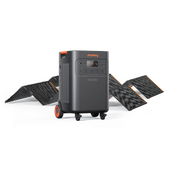








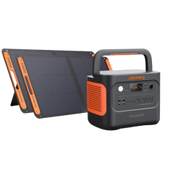


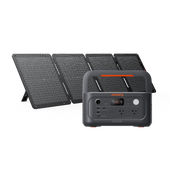
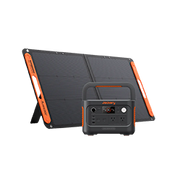
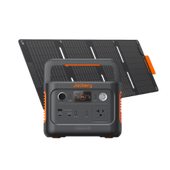
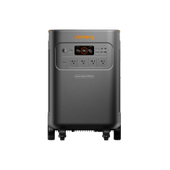
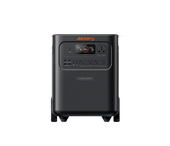
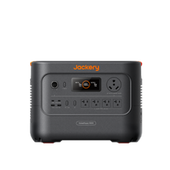
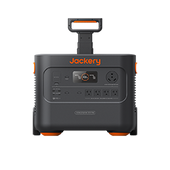
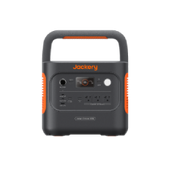

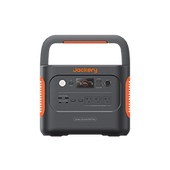
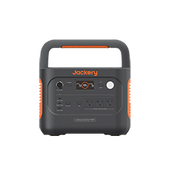
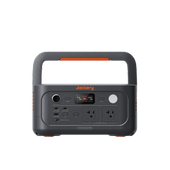
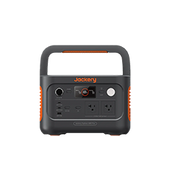
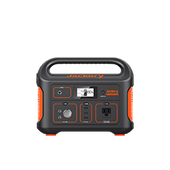


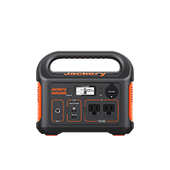
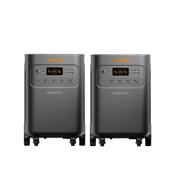

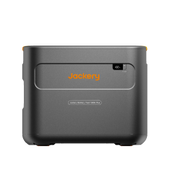

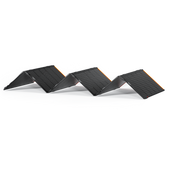


![[Add - on] Jackery Manual Transfer Switch for Explorer 5000 Plus - Jackery](http://www.jackery.com/cdn/shop/files/add-on-jackery-manual-transfer-switch-for-explorer-5000-plus-9017324.png?v=1754016782&width=170)
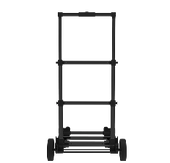
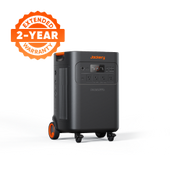
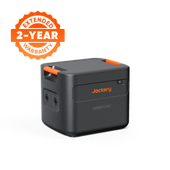


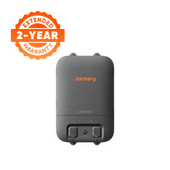


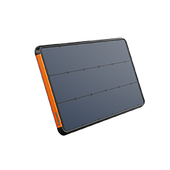
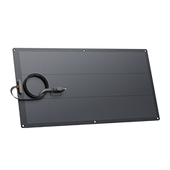
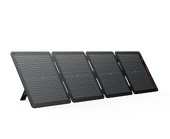

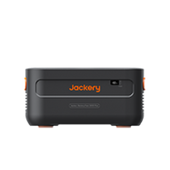
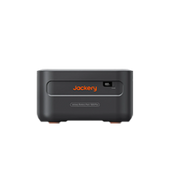
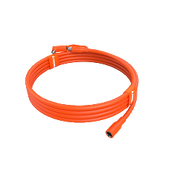

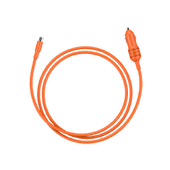


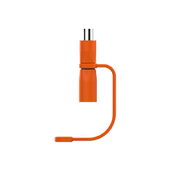
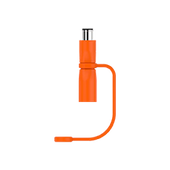
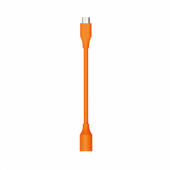
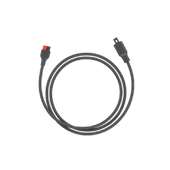


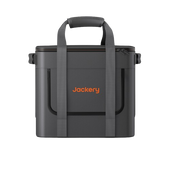
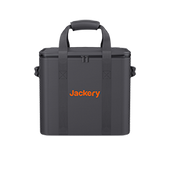
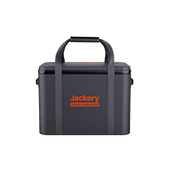
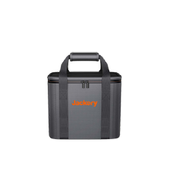
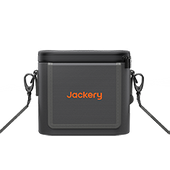
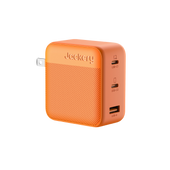
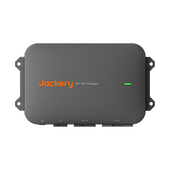


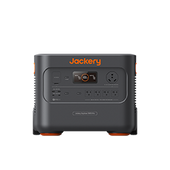
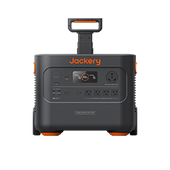
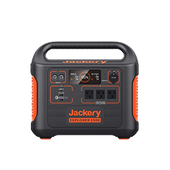
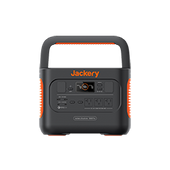
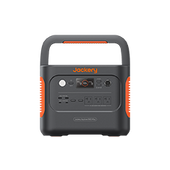
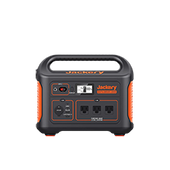
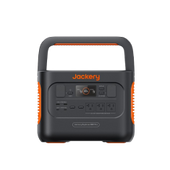
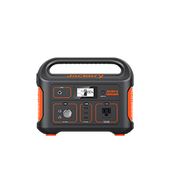

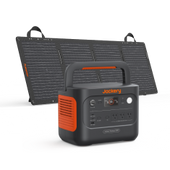
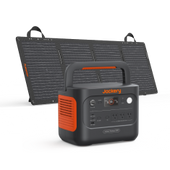
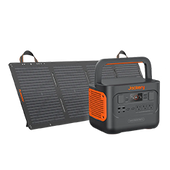

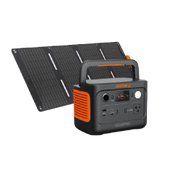

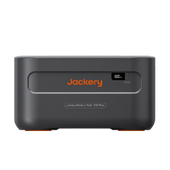
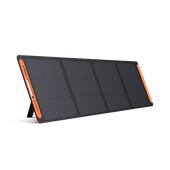
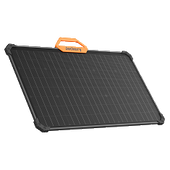



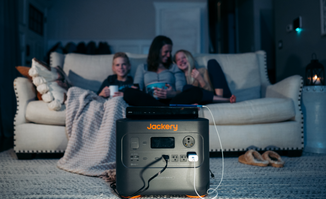



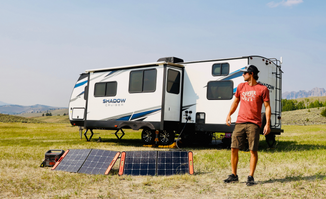

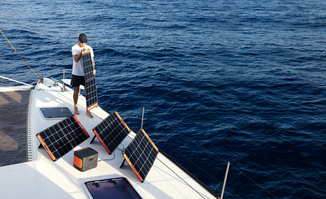
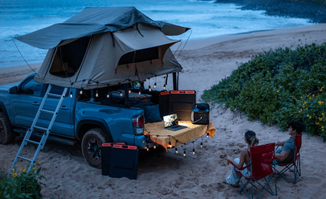
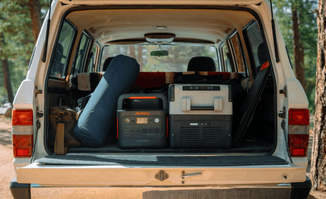




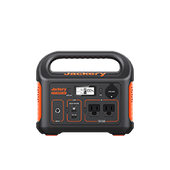

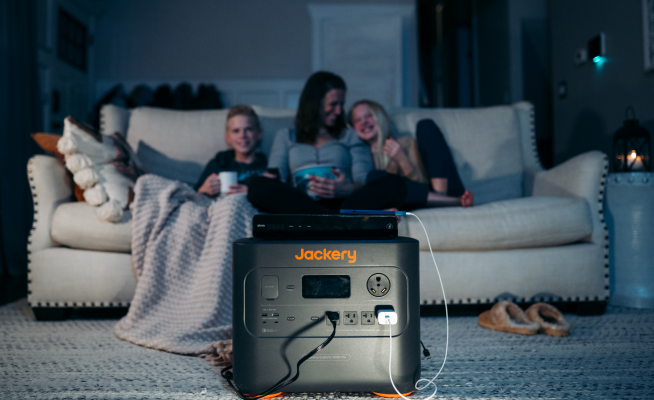



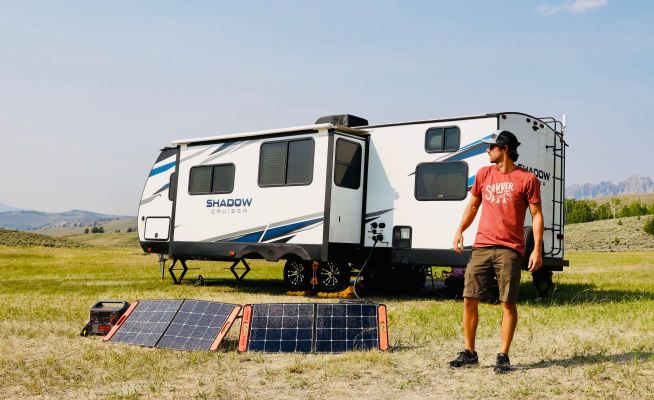

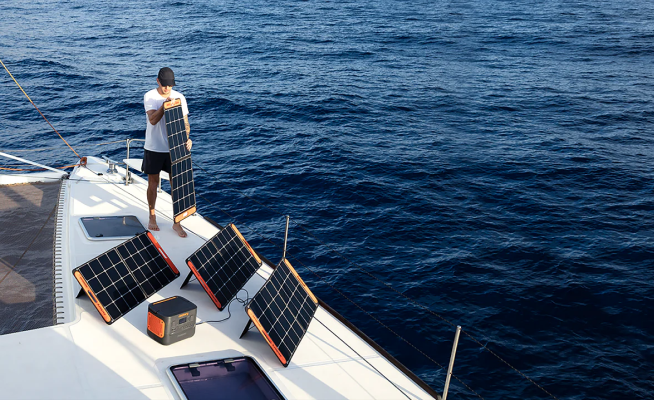
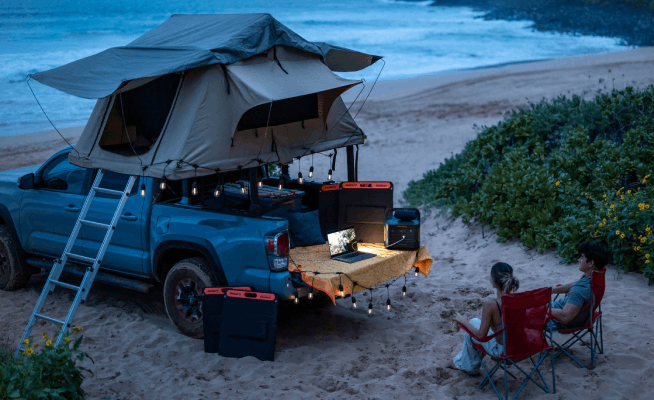
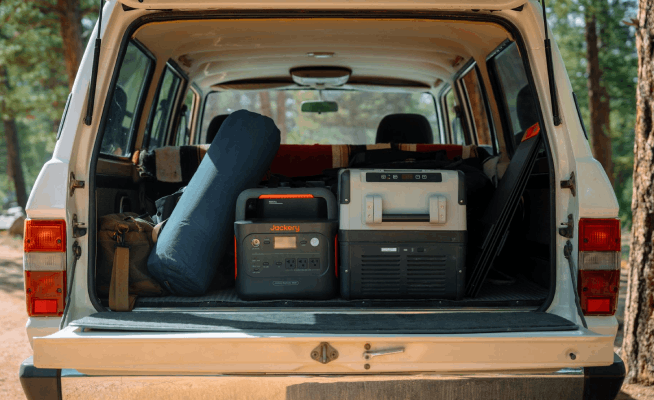









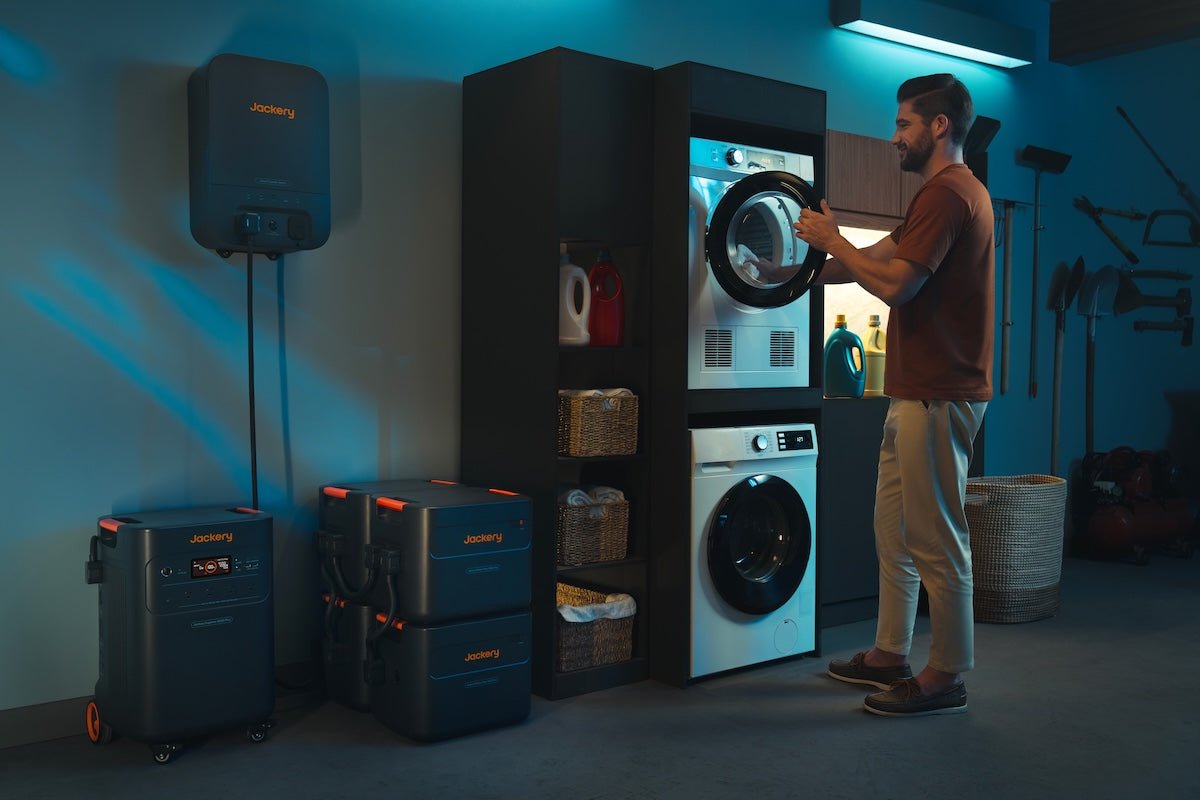




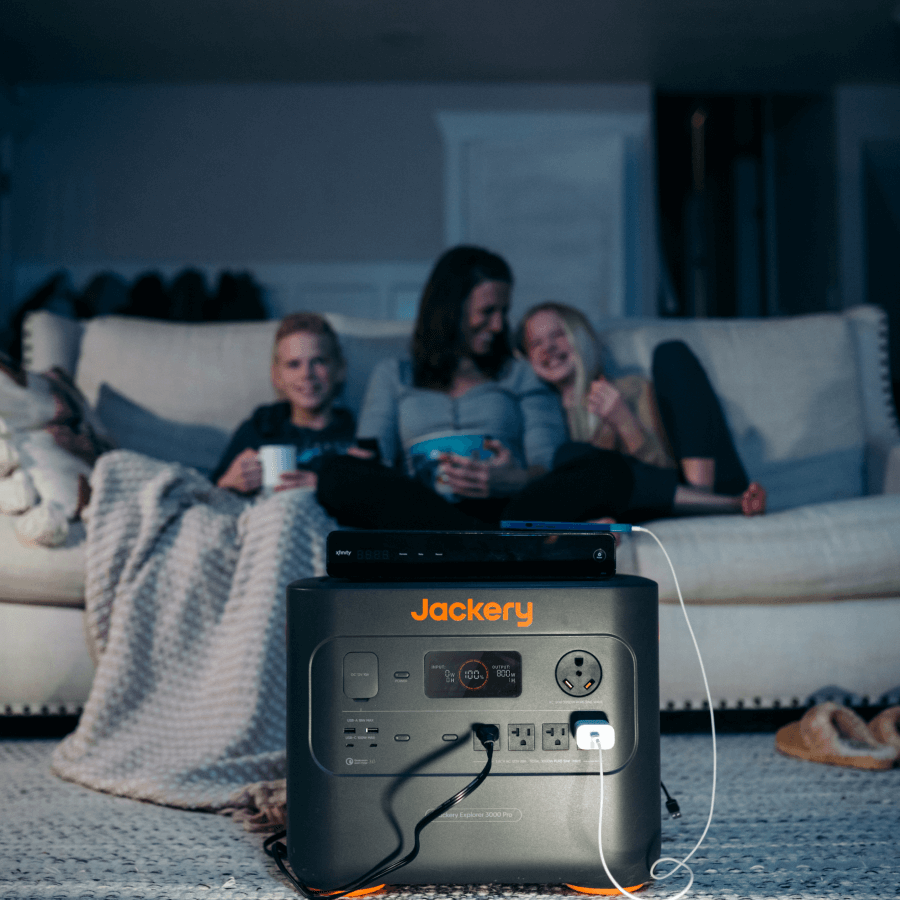

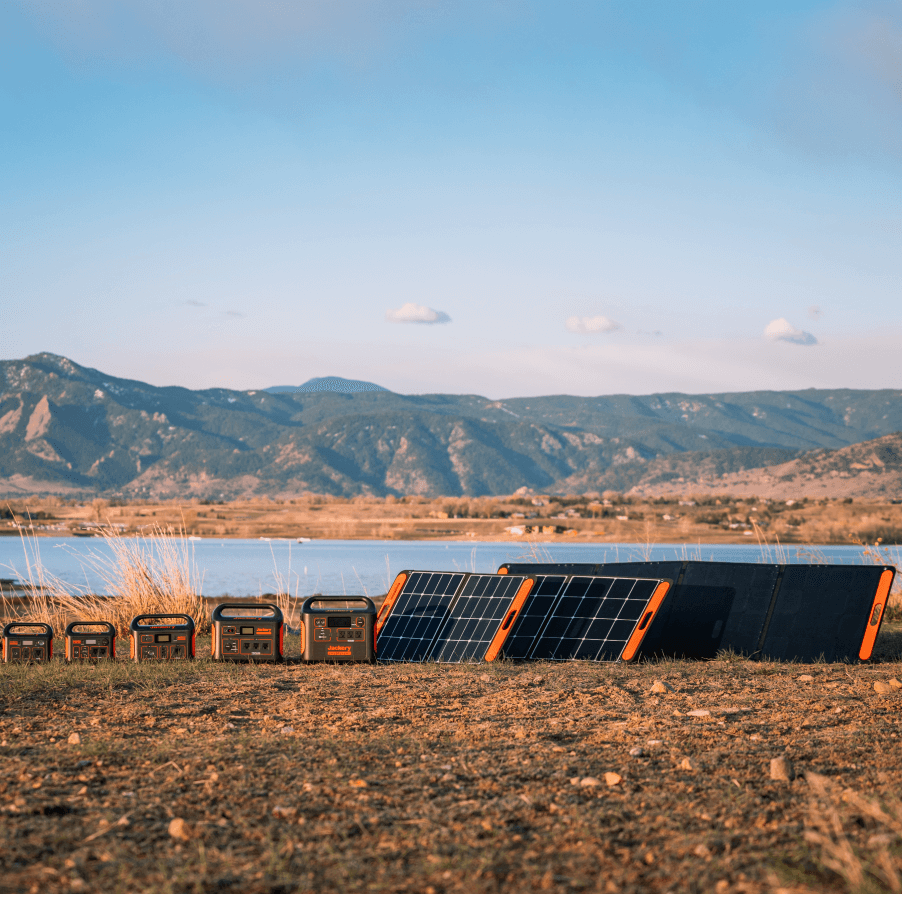
Leave a comment